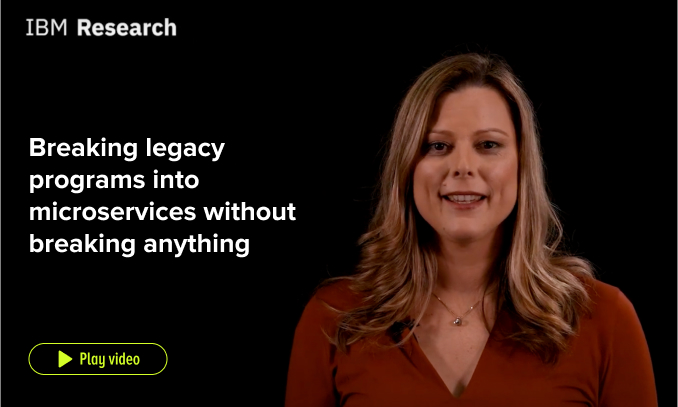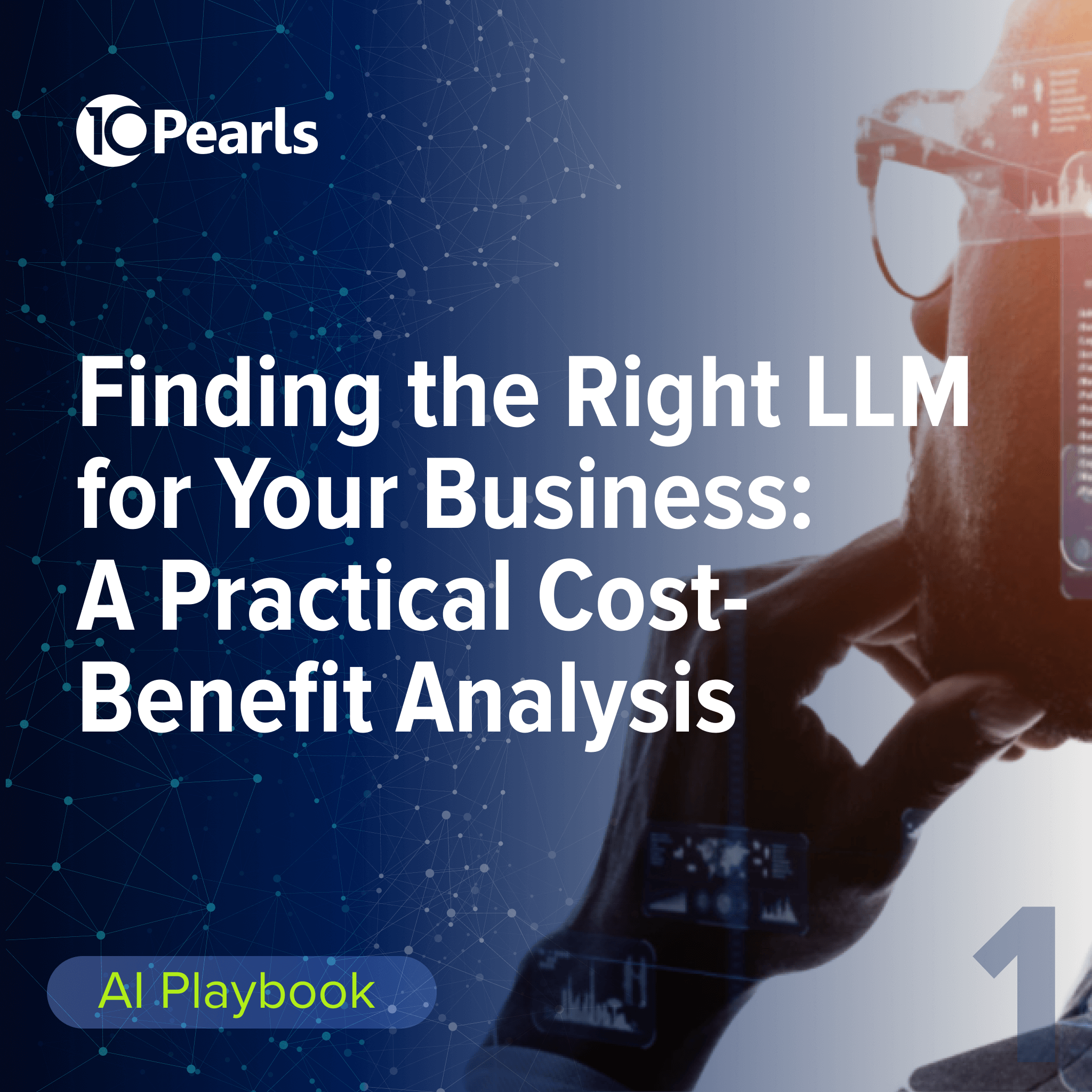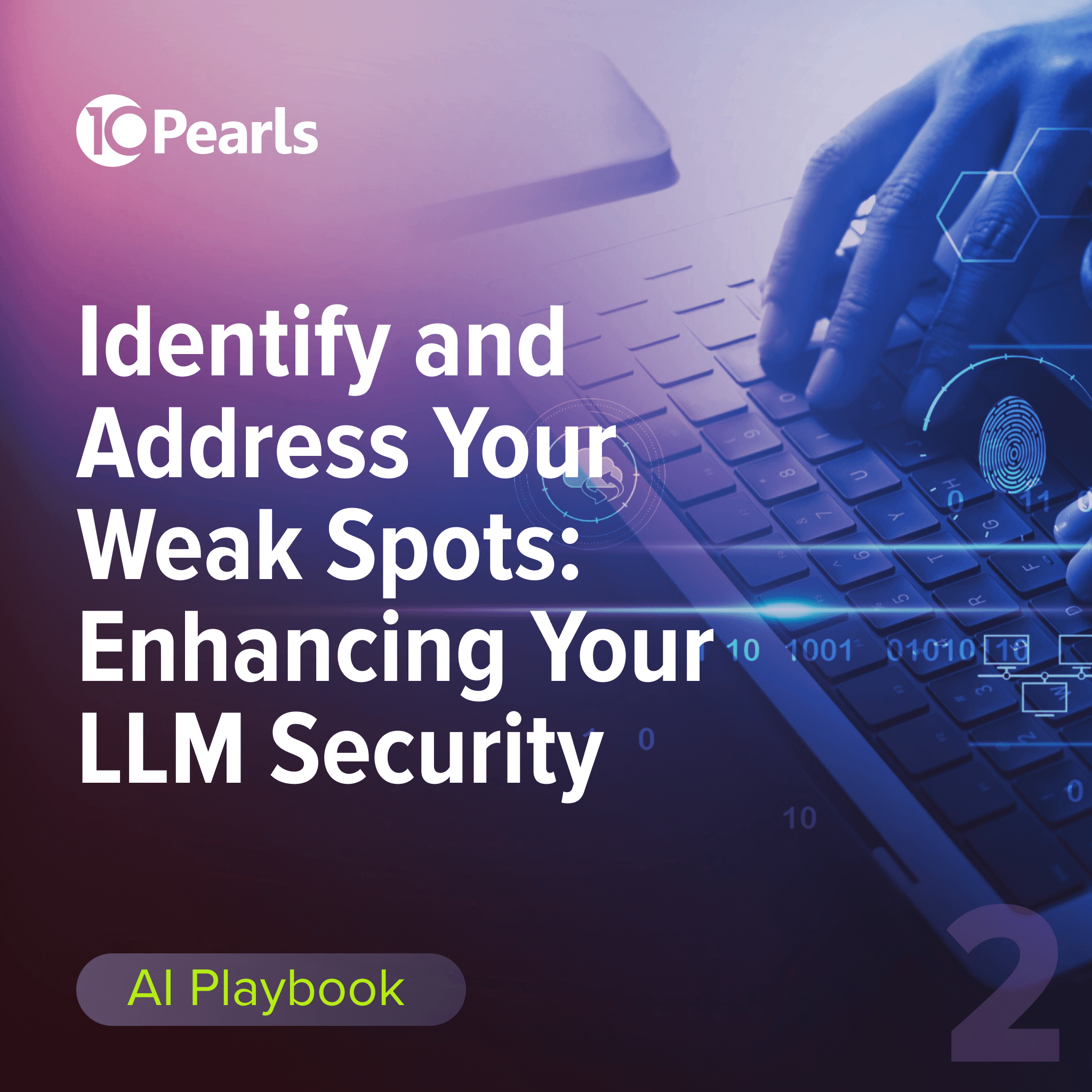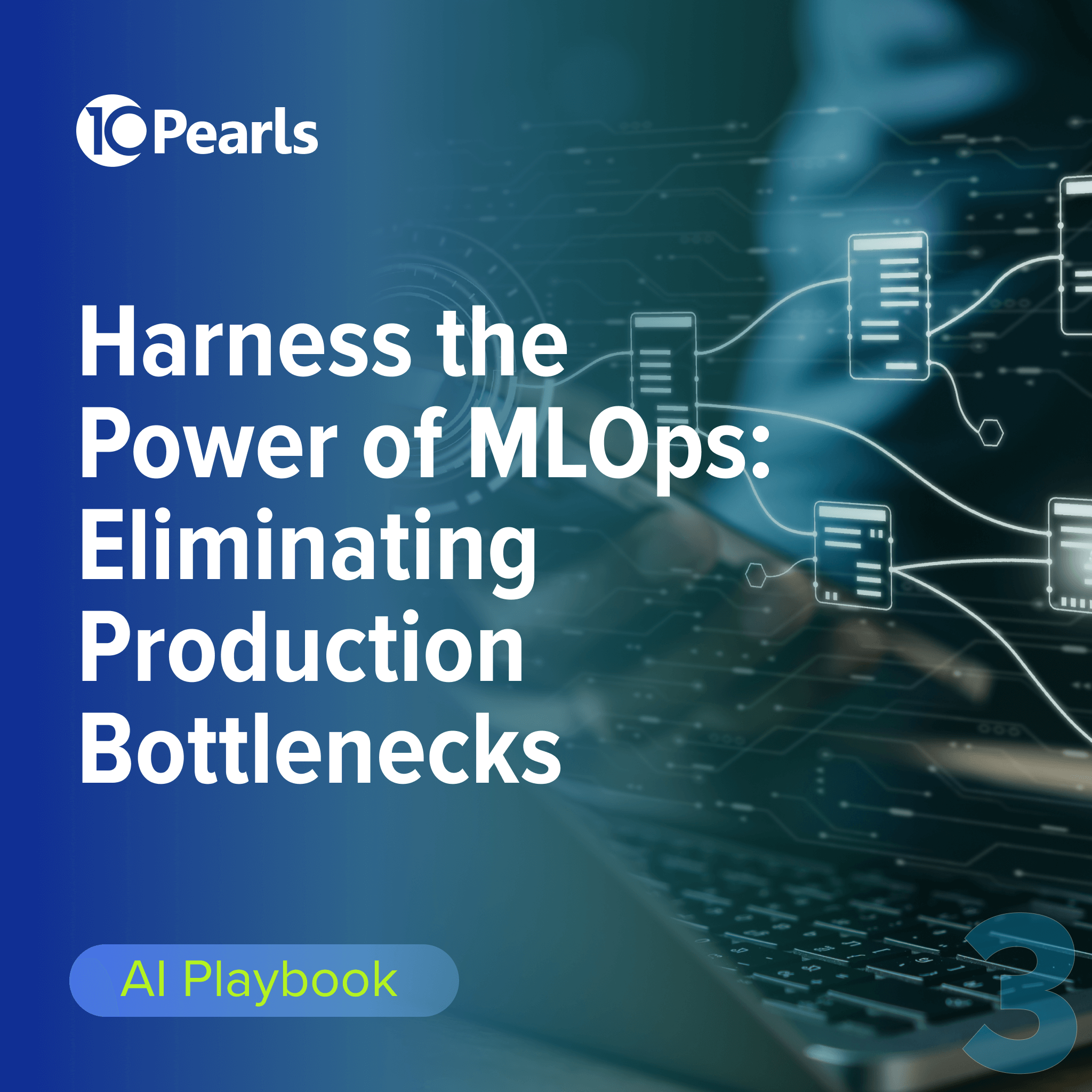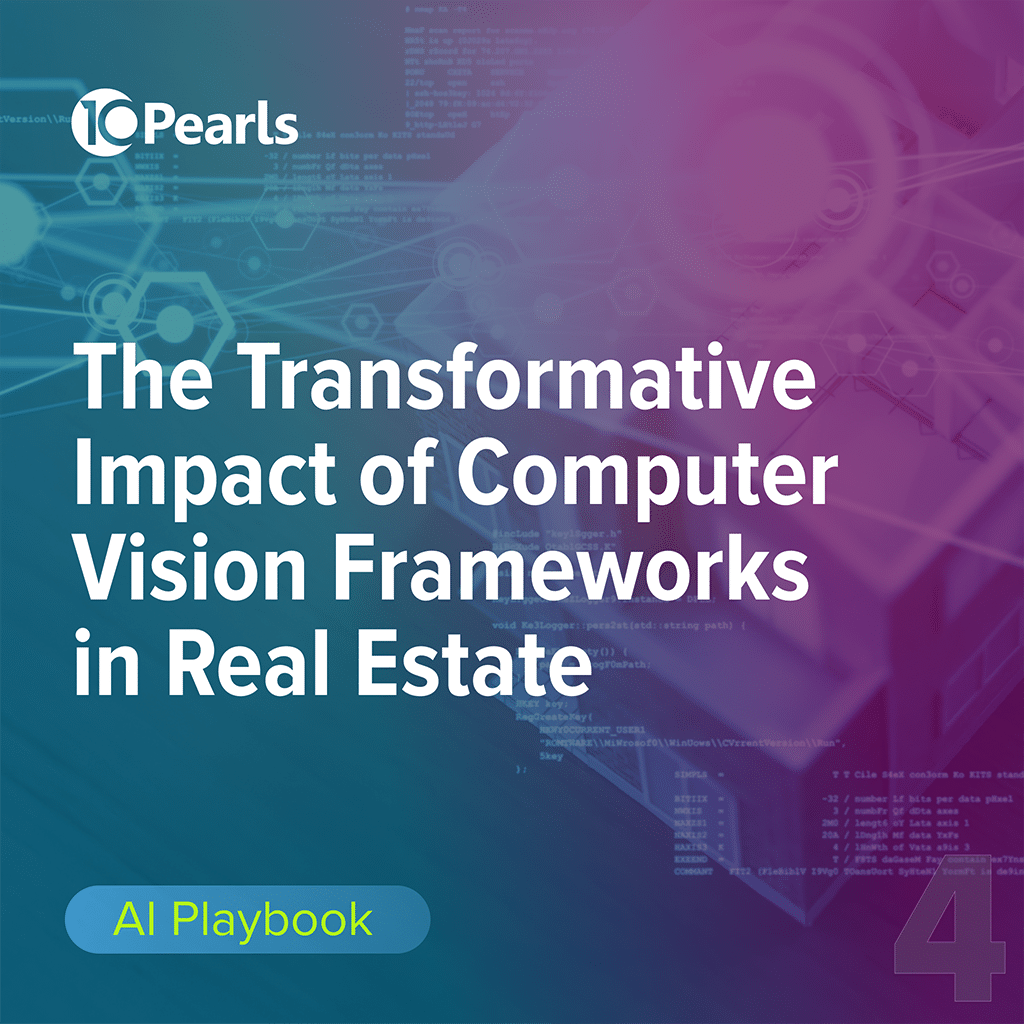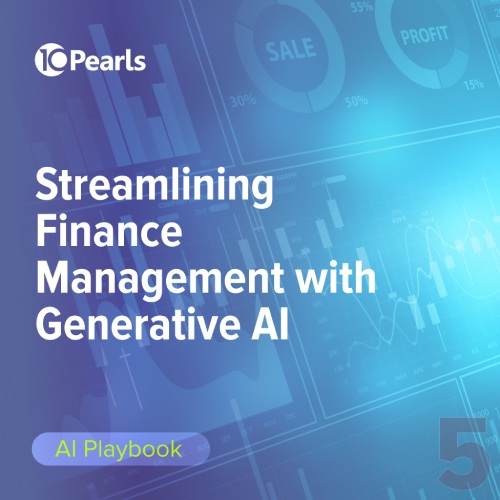

By 10Pearls editorial team
A group of technologists, strategists, and creatives dedicated to delivering the forefront of innovation. Stay informed with our latest updates and trends in advanced technology, healthcare, fintech, and beyond. Discover insightful perspectives that shape the future of industries worldwide.
Putting GenAI to Work for Legacy System Modernization
Businesses now have a powerful ally in their quest to update and optimize outdated IT infrastructures. GenAI stands out as a crucial tool in this legacy system modernization journey.
Blog contents
Like aging hardware or obsolete software, legacy systems can pose significant risks and limitations to businesses. They often hinder agility, scalability, and security, leaving organizations vulnerable to cyber threats and inefficiencies. However, modernizing these IT systems comes with its challenges – high costs, data privacy concerns, shortage of skilled developers, and the risk of customer disruption during migration often prevent organizations from embarking on this crucial journey.
- Poor user experience
- Inability to support business growth
- Frequent breakdown
- Difficulty in integration
- High maintenance cost
Luckily, generative AI (GenAI) offers a range of benefits to streamline and optimize legacy system modernization. For example, Westfield Insurance Co, an insurance agency leveraged IBM’s recent generative AI solution to streamline its application modernization with automated code refactoring and documentation, effectively saving developers 150 hours of analyzing code line by line.
This is just one example of the advantages that GenAI can introduce during legacy system modernization. Let’s look at what other benefits integrating GenAI can have during your modernization process.
Enhancing security and compliance in legacy systems
Legacy systems, particularly those built on outdated programming languages, also known as legacy code, are susceptible to security vulnerabilities and compliance risks. Currently, there are 800 billion lines of legacy code still in use around the world by various industries. Addressing the security challenges of these legacy systems is critical to protect sensitive data and maintain operational integrity within an organization.
By leveraging GenAI’s advanced analytical capabilities, businesses can identify security vulnerabilities and coding patterns that don’t adhere to current best practices early in the modernization process. Additionally, GenAI can also suggest and even generate secure and optimized software code to replace vulnerable or outdated segments, ensuring that the modernized system follows the latest security standards while reducing the time and cost associated with manual code reviews and updates.
Throughout the modernization process, GenAI can offer real-time threat detection and response by identifying unusual patterns and behaviors that may indicate security breaches. It can also simulate various attack scenarios to test the robustness of security measures and compliance protocols.

Facilitating accessibility and innovation
Beyond legacy code transformation, GenAI can significantly enhance accessibility and usability of legacy systems during modernization. By integrating intuitive chatbots or virtual assistants that leverage natural language processing (NLP), users can interact with legacy systems through a more modernized channel, reducing technical barriers for non-experts and new users.

GenAI can help develop APIs and middleware to connect legacy systems with modern applications and services, enabling the integration of cutting-edge technologies. With seamless data flow and functionality across disparate systems, user experiences can be more expansive while maintaining uniformity. Also, by adopting modern development practices and continuous integration/continuous deployment (CI/CD) pipelines, GenAI can accelerate the deployment of new features and enhancements, driving continuous innovation.
Improving scalability with GenAI
Legacy systems are typically built with monolithic architectures, meaning they function as a singular computing network under one code base. Scaling these systems can be an extremely restrictive and time-consuming process that requires changing the entire software code stack.
However, GenAI can break down these monolithic systems into a microservices architecture, a series of independently deployable services with their own logic and data layers. Because microservices can run independently, each individual service can be developed, updated, and deployed without affecting other services. This makes scalability much more seamless and efficient, allowing organizations to add microservices and applications as needed without interrupting other components of the system.
Addressing the knowledge gap
As the workforce evolves, organizations face the challenge of knowledge transfer and retention. With more seasoned developers retiring each year, there’s a growing need to ensure continuity and sustainability in software development.

This loss of workforce and high number of unfilled positions poses significant risks to maintaining and advancing legacy systems. Luckily, GenAI can help address this knowledge gap by automating software code interpretation, documentation, and even knowledge sharing. By automatically interpreting complex code structures, GenAI can generate comprehensive documentation that explains the functionality and purpose of the software code in an easily understandable manner. This process not only saves time for software developers but also ensures that even those with limited expertise in the legacy system can comprehend and work with the code.
While GenAI facilitates knowledge sharing by creating and maintaining up-to-date documentation and repositories, it can also be used to develop interactive tutorials and virtual mentors that help new developers understand legacy systems more quickly. By capturing and streamlining institutional knowledge, GenAI enables organizations to preserve critical expertise and empower the next generation of software developers.
CONCLUSION
Modernizing legacy systems is an essential yet complex undertaking for businesses aiming to stay competitive and secure in a rapidly evolving digital landscape. GenAI represents a shift in the way we can approach legacy system modernization, offering advanced solutions to enhance security, improve accessibility, and drive innovation.
By combining the latest advancements in Generative AI with domain expertise and best practices, organizations can transition smoothly into the future, unlocking new opportunities for growth, competitiveness, and efficiency while preserving the integrity and functionality of their legacy systems.
Partnering with 10Pearls
To navigate the complexities of legacy system modernization, partnering with a knowledgeable and experienced technology partner like 10Pearls can make all the difference. With a proven track record in leveraging GenAI for optimizing outdated infrastructures, 10Pearls brings expertise, innovation, and a strategic approach to every project.
From legacy system assessments to migration planning and execution, our team leverages cutting-edge AI technologies to deliver seamless, secure, and scalable modernization solutions that meet your unique needs and objectives. We're excited to embark on this journey with you to help you navigate the modernization of your legacy system with confidence and success.
